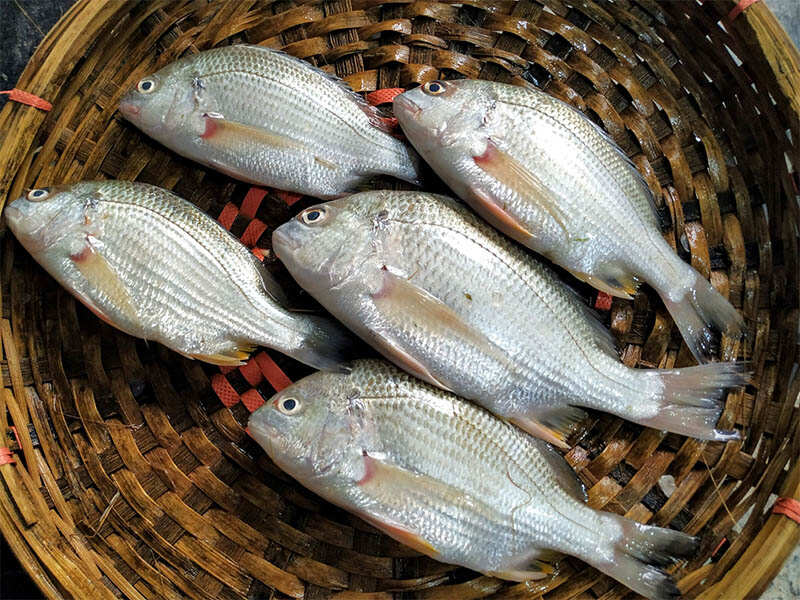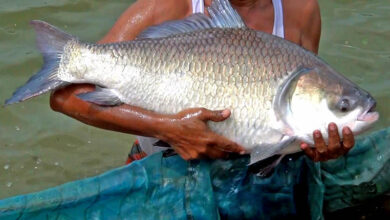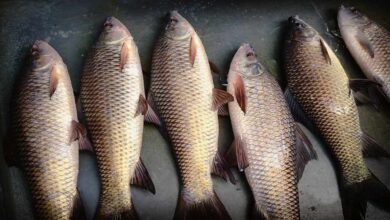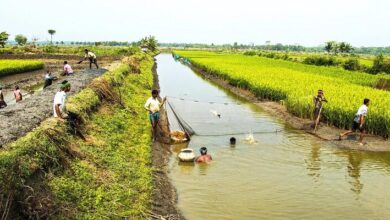
Through artificial insemination and hormone treatment, Bangladesh has successfully bred Datina fish, a delicious marine fish.
A team of Bangladesh Fish Research Institute (BFRI) scientists, led by Dr Md Lutiful Islam, witnessed this success at the start of the year at Khulna’s Paikgacha Brackishwater Station.
The silver grunt Pomadasys hasta (Bloch, 1790) is also known as “Datina” throughout Bangladesh. The fish is localized in coastal brackish and salt water along the coast of Bangladesh under the name ‘Sada Datina’ of the family Haemulidae. It is possible to market them fresh or salted. There is also a wide distribution of this species in the Indo-West Pacific: from the Red Sea to the Philippines, to southern Japan, and northern Australia.
In coastal areas, datina fish can be found in three varieties. However, Datina’s population has declined due to several factors, which has prompted scientists to breed this fish artificially.
Datina spawn was collected from the River Shibsha by the center for research in the 2017-2018 fiscal year. A pond at the center was used to rear the spawn, which was fed conventional floating food. It becomes fertile only after weighing 200 to 400 grams, at about two years of age. The peak breeding season for this fish takes place during the winter months [December-January]. Through hormone treatment, fish from the pond were collected and put into a hatchery at the research center to produce spawn.
Mizanur Rahman, the centre’s scientific officer, said that while research on the feed and egg-laying capacity of the Datina had been conducted in one or two countries, no research had been conducted on artificial insemination for breeding Datinas.
“We are very proud of the first-ever success in breeding Datina fish in Bangladesh,” he said.
Induced breeding has already been successful at the BFRI in producing spawn from 24 species of local and near-extinct fish. A number of research projects have been conducted at the centre, including the production of lobster fry through captive breeding, the development of scientific methods for lobster farming, identifying the natural sources of lobster, and researching the detrimental impacts of spawn collection on biodiversity. Moreover, a Fish Live Gene Bank has been established. Thus, BFRI scientists have reached another milestone with the spawning of Datina.
There is a limited number of natural sources of quality fish seed available in Bangladesh. Through induced breeding, it is possible to obtain fry and fingerlings out of season. By using this technique, it is also possible to selectively raise fast-growing, disease-resistant, temperature-tolerant, and tasty strains of cultivated fish.
Hence, scientists at BFRI are optimistic that artificial breeding will have a significant impact on Bangladesh’s fishery sector in the near future.
Jaber Bin Abdul Bari
Department of Oceanography, NSTU




